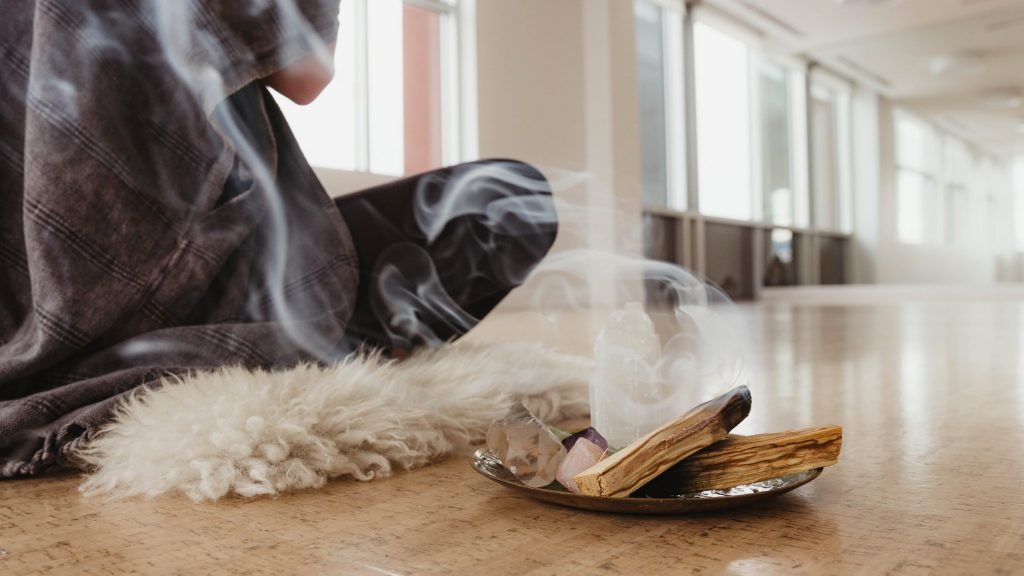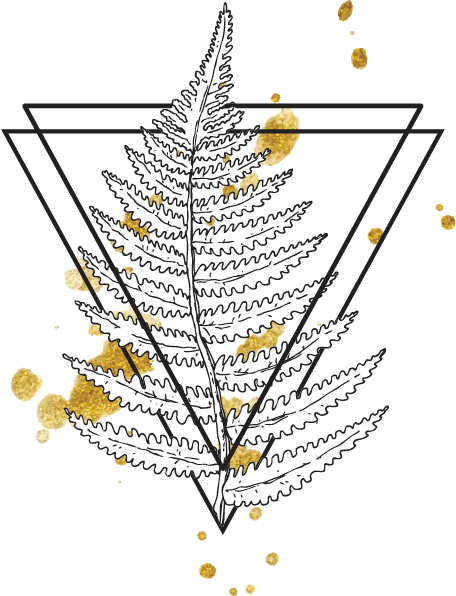News | 14th March 2020
Beyond the postures & home yoga hygiene tips
Evolution..
I guess it is natural that after a certain amount of time to acclimatise, we begin to explore this new way of living. For me it feels there has been a shift from survival mode into thrive & evolve in this little bubble that is my world right now.

Sanctify your practice..
I want to talk about yoga at home. It can be challenging, full of distractions, frustrating & at times feel impossible. It isn’t likely to feel the same as it does in the studio that’s for sure. One of the reasons we love coming together in the studio (aside the awesome community & sense of connection) is the ritual it gives us, plus feeling assured we won’t be distracted or disturbed. This can be difficult at home. If you do have a dedicated room or corner at home where you can roll your mat out then this is ideal, but what else can we do?
Simple rituals can really improve your practice hygiene at home & help you make your time on the mat feel special.
- Clearing the space around our mat of as much clutter as you can & make sure the floor is clean.
- Cleaning your mat regularly with lemon & water.
- Showing up to your mat dressed & clean. This can be especially important for evening practice after a busy or lazy day-a quick rinse in the shower can cleanse you of the days energy & mean you start your practice refreshed.
- Lighting a scented candle, or you could diffuse or spray your favourite essential oils in the area-this is great for calming the mind & aiding pranayama (breathing).
- Practicing in either natural light for energising morning practices or with warm dim lighting like a lamp or 2 for mellow evening vibes.
- Committing to no-device contact on the mat-phones on do not disturb.
Beyond the mat..
Yoga is a discipline- so it shouldn’t always feel easy.
When you start to look beyond the postures & movement we can explore this. Right now our homes are the sole setting for our self-care and it’s a great time for self enquiry using the 8 limbs.
Lets look at the Niyamas as a way to explore how to embrace yoga beyond the mat. It is worth noting that all of these teachings are very much open to your own interpretation & enquiry but it’s nice to have a starting point.
SAUCHA – Clarity or Purity
Yogi’s aim for purity in our environments (cleanliness), bodies (hygiene & natural whole foods) & minds (inner narrative). Emphasis on these practices brings us closer to what really matters, adds simple joy to basic tasks & nurtures our connection to nature. It helps us to move away from being driven by the material.
Take a look at your living space, like your practice space – is it clean & clear of as much clutter as feasible? Having clean and clear external surroundings aids us in our endeavour to explore clarity within. Do you create rituals around your personal hygiene routine? Is the food you are putting into your body reflecting your intentions for clarity in body/mind?
SANTOSHA – Contentment
In practicing this we acknowledge that our reaction to conditions is within our control. This teaching encourages us to understand that peace is a state of mind, not the result of our achievements, acquisitions or surroundings. Foster the ability to feel contentment in all situations & you will be liberated. For contentment in the present moment allows us to digest opposing experiences with equanimity.
This is a tough one- can you be satisfied with what you have? Can all of life’s imperfections be truly enough for you? Can you be OK with disturbances around you when you would prefer quiet. As much as we strive for saucha-there is always a compromise which must be struck because we don’t live in an ideal world. Santosha is not the same as happiness-we cannot expect to always be ‘happy’ & chasing this will often result in constantly feeling you are lacking ‘something’ or wanting to be somewhere you are not. A daily meditation practice can help nurture this.
TAPAS – Self Discipline
The word tapas comes from the root ‘to burn’ & it can be interpreted as the idea that you can burn though impurity. Commitment & consistency are key and an attitude of enthusiasm for challenge & perseverance.
This one is why I believe that your asana practice should not always be ‘nice’ or ‘easy’.. this does not cultivate discipline. Challenging holds or postures are great for creating discipline & they fuel your tapas or ‘drive’ to keep coming to your mat. This can also tie in with Saucha- its easy to roll onto your yoga mat in your PJ’s or not bother to cleanse your space but is that cultivating saucha & tapas? It takes discipline to make sure you feed your body the right food or meditate each day & this ‘drive’ is how you create consistency & health with your practice, if you CBA to do yoga or other movement more than once a week then the benefits you receive will be limited. In terms of the mind-going beyond the point where the monkey mind kicks in with ‘this is hard’ is where inner strength is found & magic happens.
ISHVARA PRANIDHANA – Surrender
This introduces the spiritual idea of the ‘divine’. Devote yourself to the present, do your best and then give up all attachment to the outcome. Surrender preconceptions. As an atheist this is where I like to apply the Taoist Philosophy of Flow. The idea that if we surrender & go with nature rather than fight against it we will end up where we are supposed to be.
Think of how this applies to your asana practice; having tapas to work towards a challenging posture like handstand is great, but if we over-attach to the outcome of the pose being perfect then we will often lose the enjoyment in the process and the journey. Plus we may get ahead of ourselves, this is sometimes where injury happens. Try to practice surrender to the process & be where you are now-after all there is no race to the finish line in yoga. Enjoy the ride & the experience of exploring the body’s amazing potential.
SVADYAYA – Self Study
This can be practiced in any moment- it is simply being present with yourself. Not judging but discovering. Self enquiry into your own thoughts, actions & reactions. Through this self study we learn that looking inside ourselves leads to our liberation. In simple form this is just finding those spaces between thoughts which feel light & blissful. Or liberation may be from a social identity, a label, others opinions or behaviour patterns we wish to let go of.
Each time you get on your mat to practice ensure you make time for a few minutes of stillness to begin. Ground yourself in the space by listening to the sounds around you & notice which parts of your body are on the ground, then observe your breath-this is an amazing form of self study! This could be where your yoga practice ends, or, begin moving slowly enough to feel how your body reacts before you fly into flow. (You’ll notice we always do this in my classes.)
Once you are warm & holding poses like warrior 2 notice how you react when it gets tough, then use your tapas to regulate and burn through feeling you aren’t capable. Soon you’ll be doing this in all areas of life.
Journalling daily is another amazing way to stay accountable with your thoughts & reactions, keep checking in with yourself & you might notice patterns.
I hope you all enjoyed this little insight into the Niyamas & find these practices useful.


